
Have you jumped on the indoor plant bandwagon recently? Kudos to you for bringing some greenery into your home. Indoor plants can boost your mood, purify the air, and make a space feel more vibrant. However, keeping your indoor jungle alive and thriving isn’t always easy. Between improper watering, pesky bugs, and indoor plants that just don’t get along, there are plenty of ways for your good intentions to go awry. But don’t worry, we’ve got you covered.
We’re tackling the top 10 most common hassles plant owners face and offering simple solutions so you can get back to enjoying your indoor oasis. By the time you’re done reading, you’ll have the knowledge to keep your plants perky and pest-free for good. Let’s get your indoor garden back on track!
1- Too Much of a Good Thing: Avoid Overwatering Your Indoor Plants

We all want the best for our leafy green friends, but it’s easy to get carried away with watering. Before you know it, you’ve created a swamp in your living room! Too much moisture is one of the most common ways we accidentally harm our indoor plants.
Solution:
Keep a close eye on how fast water drains from the pot after watering and never leave your indoor plants sitting in excess water for long. Check the top inch or so of soil before adding more – if it’s still damp, your plant likely doesn’t need another drink yet. Pay attention to how your plant looks and feels – droopy, yellowing leaves and soft, mushy stems are signs you may be overwatering.
Let the top layer of soil dry out before the next watering. For most common houseplants, letting the top few inches of potting mix get moderately dry before watering again is a good rule of thumb. Your indoor plants will thank you, and reward you with healthy new growth. An easy way to avoid the temptation to overwater is to get on a regular watering schedule. Stick to it, and your indoor garden will thrive!
2- Let There Be Light: Ensuring Your Indoor Plants Get Enough Sunlight
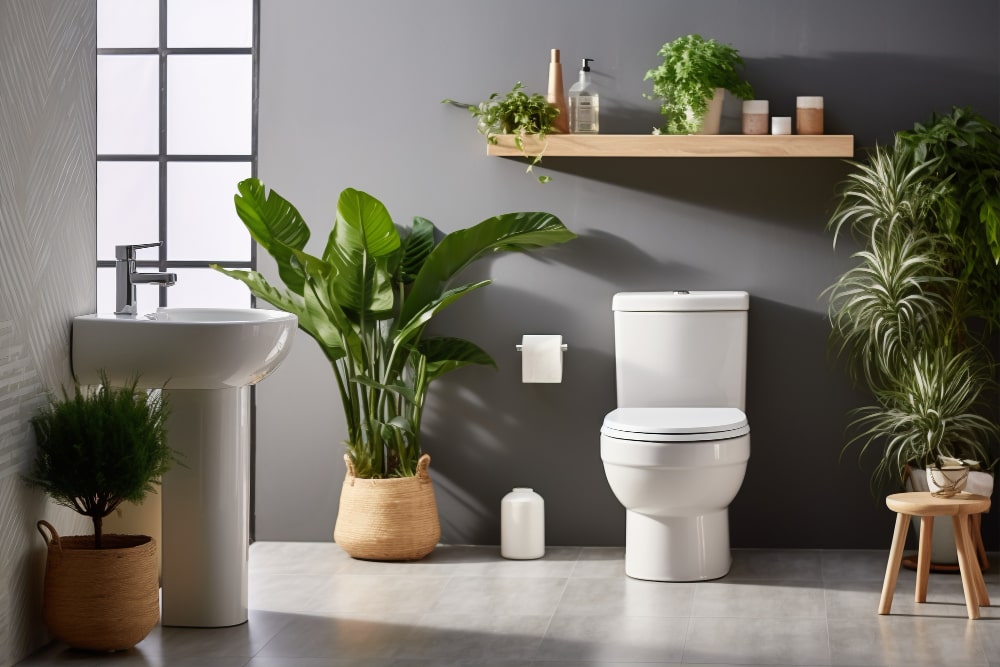
Your indoor garden is thriving, but your plants still aren’t looking their best. Chances are, they’re not getting enough light.
Solution: Providing the Right Light
The vast majority of houseplants need bright, indirect light to grow their best. A spot near an east or west facing window is ideal. South facing windows can work too, as long as you filter the light or move plants a few feet away.
If natural light isn’t an option, you’ll need to supplement with artificial lighting. LED grow lights are efficient and long-lasting – aim for 12-16 hours of light per day. Fluorescent tubes can also work in a pinch. The most important thing is giving your indoor plants the light and photo periods they need.
When your plants get the right amount of illumination, you’ll notice them perking up again. Their leaves will become greener and fuller, and growth will speed up. Some plants may even produce flowers or new shoots. Providing the proper amount of light for your indoor garden is key to overcoming many common issues and keeping your indoor plants looking lush and vibrant.
3- Pesky Pests: Keeping Bugs at Bay in Your Indoor Garden
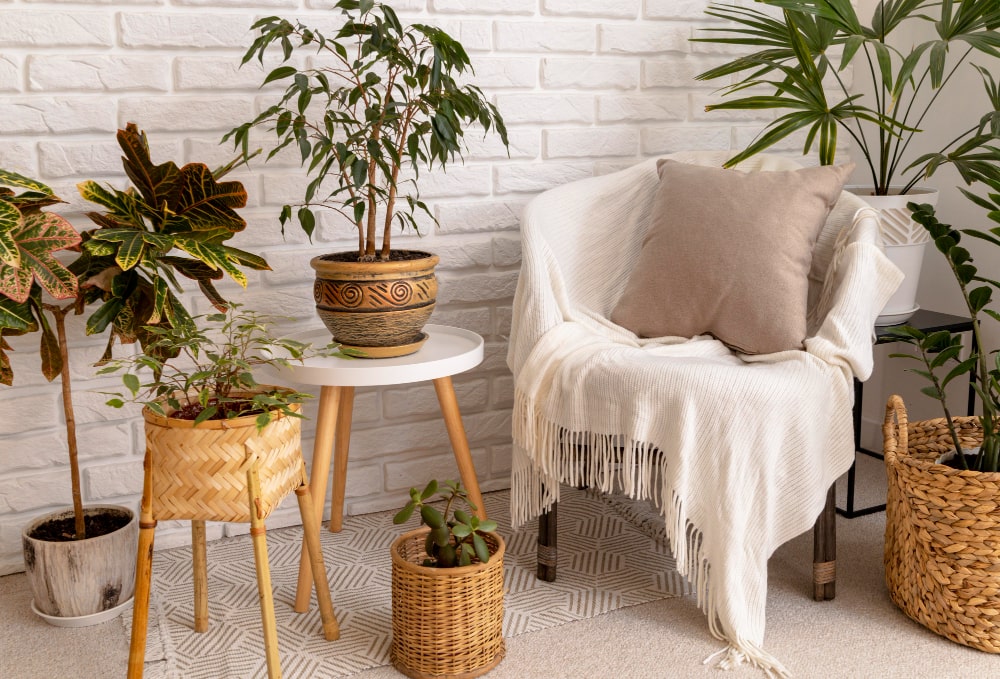
Sometimes pests like aphids, spider mites, and mealybugs invade your indoor garden. These pesky critters can damage your indoor plants and spread disease if left uncontrolled. To get rid of current infestations and prevent future ones, take the following steps:
Solution:
a- Inspect Indoor Plants Regularly
Examine your plants, especially the undersides of leaves, at least once a week. Look for any signs of bugs or damage like spots, webs, or sticky residue. Catching problems early makes them easier to address.
b- Isolate Infested Indoor Plants
Quarantine any infested plants away from others immediately. This prevents bugs from spreading and gives you a chance to treat the plant before the infestation worsens.
c- Remove Bugs Manually
For minor infestations, you can pick off insects with tweezers or wash them off with a strong spray of water. Be sure to check the plant again in a few days to catch any stragglers.
d- Apply Insecticides
For larger infestations, you may need to apply neem oil, insecticidal soap, or a similar natural pesticide. Spray all parts of the infested plant, especially leaf undersides. Reapply every 3 to 7 days until you see no more signs of the pests. These treatments are very effective and safe for indoor use.
e- Improve Conditions
Sometimes pests invade when a plant is stressed. Provide proper light, water, and humidity for your plants to keep them healthy. Healthy, vigorous indoor plants are less susceptible to pest problems. With regular monitoring and care, you can eliminate pests from your indoor garden and prevent their return.
4- Fighting Fungus: Controlling Disease in Indoor Plants & Garden
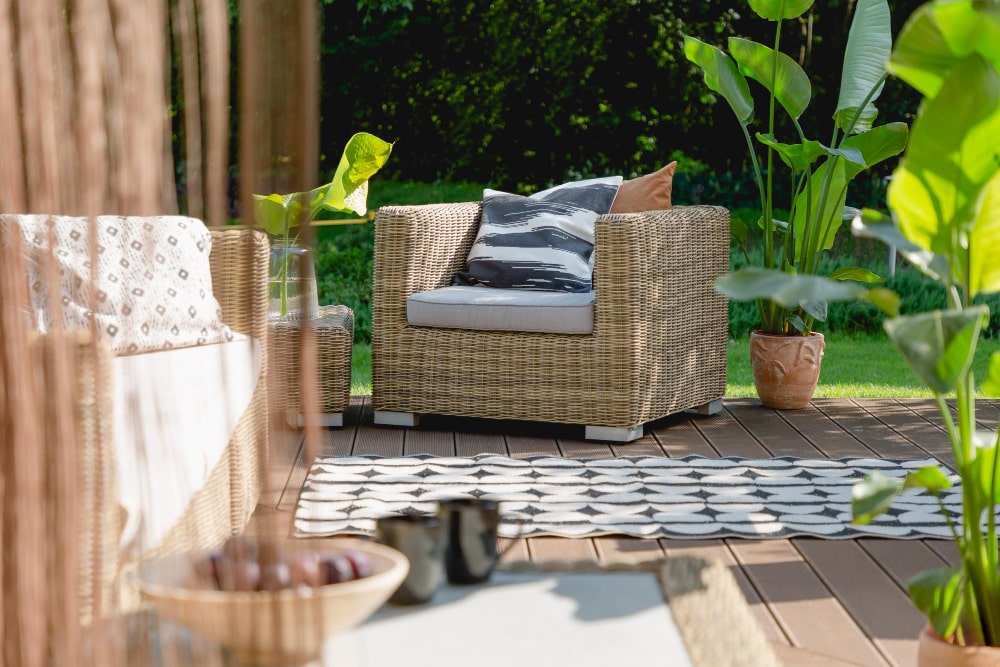
Fungus is the bane of indoor gardeners everywhere. Whether it’s powdery mildew coating leaves or root rot attacking your indoor plants from below, fungal diseases can be difficult to eliminate once they take hold. The key is prevention through good gardening practices.
Solution:
- Provide your indoor plants with adequate airflow and humidity. Stagnant, humid air creates the perfect environment for fungal spores to germinate. Run an exhaust fan, open a window, or use an air purifier with a HEPA filter to improve circulation. Use a humidifier or dehumidifier to maintain 40-60% relative humidity.
- Water properly and avoid overwatering. Only water when the top few inches of soil are dry. Overwatering deprives roots of oxygen and allows fungi to thrive. Always check that your plant needs water before adding more.
- Disinfect tools and wipe down leaves. Sterilize pruning shears, trowels, and other tools with isopropyl alcohol between uses to avoid spreading disease. Gently wipe down leaves with a damp cloth to remove spores and improve photosynthesis.
- Treat disease outbreaks promptly. If you do spot signs of fungus like moldy soil, leaf spots, or root rot, take action quickly. Remove affected plant parts, treat with a fungicide, repot if necessary, and improve conditions to avoid recurrence.
An ounce of prevention is worth a pound of cure. Maintaining good practices and a healthy environment will help your indoor garden stay fungus-free. But with quick action, the occasional outbreak can be overcome. Stay vigilant, treat what you can, and keep your indoor plants happy!
5- Feed Me: Diagnosing and Correcting Nutrient Deficiencies in Indoor Plants

If your indoor plants aren’t looking their best, it could be a lack of nutrients. Most common houseplants require nitrogen, phosphorus and potassium to thrive, the three macronutrients represented by the NPK ratio on fertilizer packaging.
Solution:
- Without enough nitrogen, leaves turn yellow and growth slows. Add a balanced fertilizer with equal parts NPK, like 10-10-10, once a month during the growing season.
- Phosphorus deficiency causes stunted growth and purplish leaves. Use a fertilizer with a middle number higher than the first, such as 15-30-15.
- Lack of potassium leads to leaf spotting, curling and necrosis at the edges. Choose a fertilizer where the last number is highest, such as 15-10-30.
- For the best results, always follow the directions on the product packaging regarding how much and how often to feed your plants. Start with a half dose to avoid fertilizer burn, gradually increasing to the recommended amount. And be sure to fertilize only during the growing season, reducing or stopping feedings in the fall and winter when growth slows down.
With the proper nutrients and care, your houseplant garden will be back to green, lush and lovely in no time. Just remember—your indoor plants need to eat, too!
6- Incorrect Humidity: The Right Placement as per the Nature
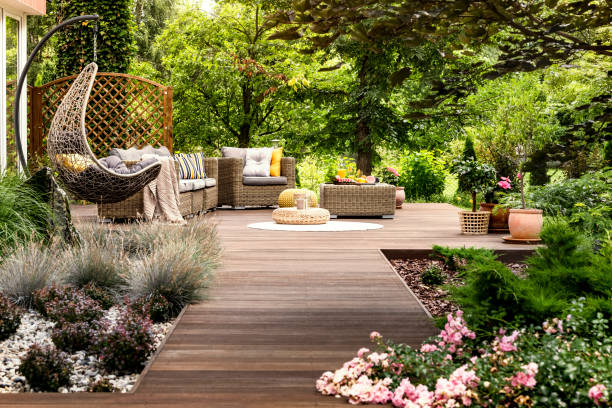
Incorrect humidity can be problematic for indoor houseplants. Tropical plants in particular need humid conditions to thrive, as low humidity can cause leaf browning, drop, and stunt growth. On the other hand, too much humidity encourages fungal diseases and root rot.
Solution:
The solution is finding the right level of humidity for your plant and the right spot in your home. Use a humidity gage to determine the level in different rooms and place tropical plants in more humid areas like the bathroom or kitchen. You can also create microclimates around your plant using pebble trays, misters or humidifiers. Grouping indoor plants together also helps increase the humidity.
For plants that prefer drier conditions like succulents or cacti, place them in less humid spots with good air circulation, such as near heating vents. Also allow the top layer of soil to dry out between waterings.
By paying attention to your plant’s natural habitat and making adjustments to match it, you’ll have happy, healthy houseplants for years to come. The key is maintaining balance – not too much, not too little, but just the right amount of humidity.
7- Choosing Incompatible Plants: Choosing Indoor Plants with Care

Choosing plants with similar light and water needs will make your indoor garden hassle-free. Group sun-lovers together in a bright spot, and shade plants in a dimmer area. This way, each plant gets what it needs and you can care for them uniformly.
Solution:
Some fail-safe combinations include:
- Snake plants, pothos and Chinese evergreen – Low light tolerant, only needing water every 1-2 weeks.
- Spider plants, peace lilies and Chinese money plants – Medium light, water when top few inches of soil are dry.
- Succulents like echeverias, crassulas and haworthias – Lots of light, little water. Allow soil to dry out between waterings.
On the other hand, avoid mixing indoor plants with opposed needs like:
- Cacti and ferns – The former needs very little water while the latter requires moist soil.
- Flowering plants and foliage plants – Blooming plants usually require more light which may cause leaf drop in foliage plants.
By grouping flora with comparable cultivation preferences, you’ll have an easy-to-care for indoor garden. Your plants will thrive, and you’ll encounter fewer problems. Choosing compatible greenery means less work and more enjoyment for you as a gardener.
8- While you are Travel: Indoor Plants Care in Your Absence
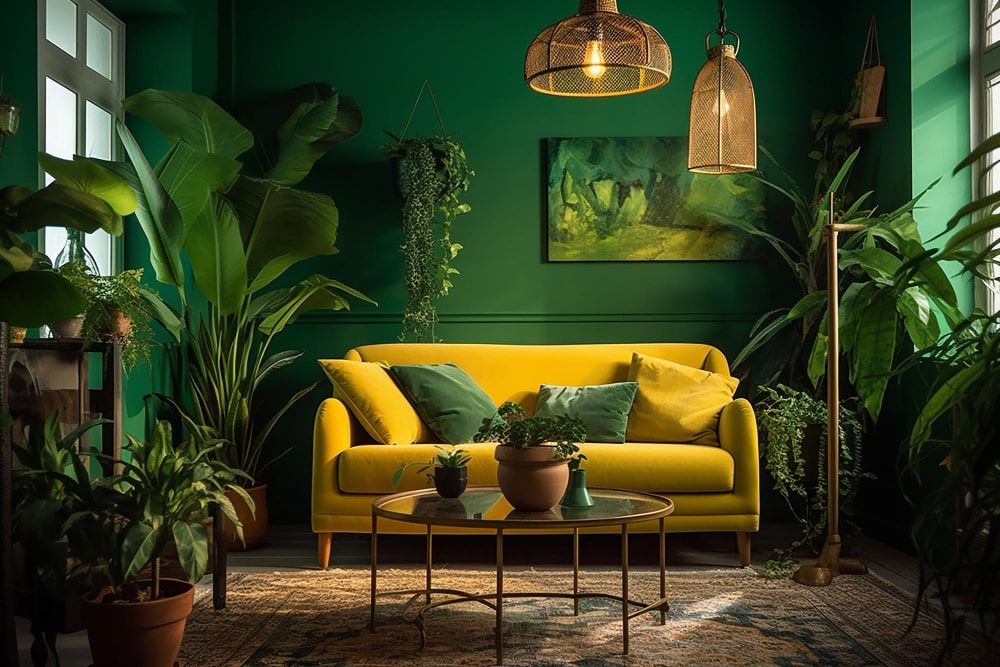
Traveling and leaving your indoor garden behind can be worrying. But with some planning, your indoor plants will be well cared for in your absence.
Solution:
a- Enlist a Plant Sitter
Ask a friend or family member to stop by every few days to check on your plants. Provide them detailed care instructions for each plant including light, water and fertilizer needs. Be sure to show them exactly how much and how often to water since overwatering is the number one cause of plant death for house sitters.
If you’ll be gone for an extended time, you may need to get a professional plant sitter or landscaper to help out. They can properly care for your plants so you come home to a thriving garden. Just be prepared to pay for their services.
b- Automate Your Watering
For trips of 1-2 weeks, a self-watering system can work great. You can find self-watering spikes, globes, trays and tubes at your local garden center. These devices use wicks and reservoirs to keep soil consistently moist. Test them before your trip to ensure they are dispensing enough water for your plant types. Replenish the reservoirs right before you leave.
c- Adjust Lighting
If possible, move all your plants together in one room so your plant sitter only has to adjust the light in one space. Use timers for any artificial lighting to ensure consistent illumination for 12-16 hours per day. Make note of which plants need more or less light so the correct amount is provided.
With some forethought and the right care techniques in place, your indoor garden can thrive even when you’re away. Come home to happy, healthy plants by planning their care before you head out the door.
9- Careful Container Selection: Creating the best Ambience for Indoor Plants
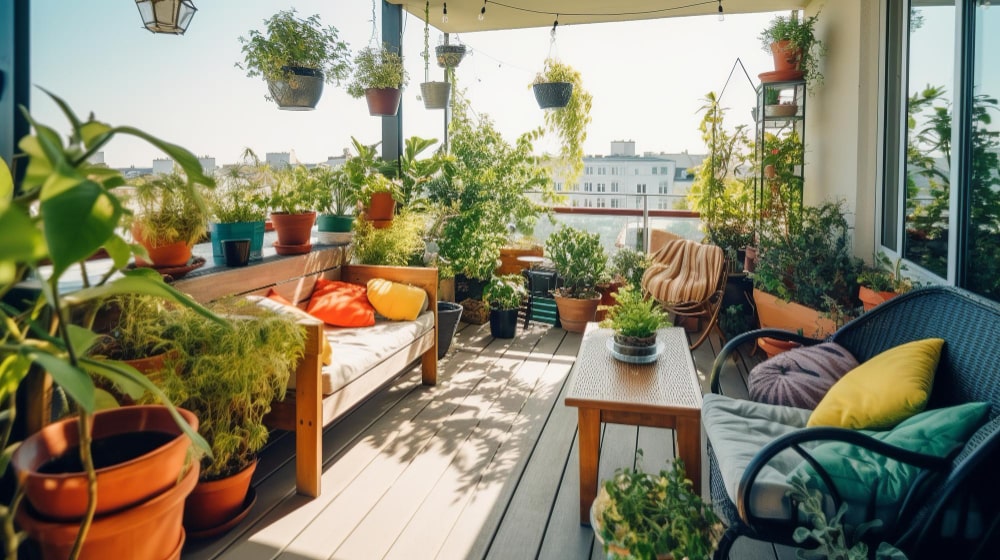
The container you choose for your indoor garden can make or break your plants. Selecting pots that suit each plant’s needs will help create an ideal environment for them to thrive.
Solution:
- For plants that need frequent watering, choose containers with drainage holes and a saucer to catch excess water. Unglazed terra cotta pots are porous, allowing more oxygen to reach the roots. Plastic or glazed pots retain more moisture.
- Group plants with similar light and water needs together. Place shade-loving plants in a spot that receives indirect light. Sun-loving plants should be near a sunny window. This makes caring for your garden more efficient and prevents over- or under-watering plants.
- For the best display, choose pots of the same color and material. Vary the sizes and group them together at different levels. Raised plant stands elevate pots, creating an attractive multi-tiered arrangement.
- Rotate plants regularly so each side receives adequate light for even growth. This also prevents them from becoming lopsided over time.
With the proper containers and placement catering to your plants’ preferences, your indoor garden will thrive for years to come. Taking time to carefully plan the ambiance for your plants results in a healthy, appealing display.
10- Inadequate Pest Prevention: Killing the Pests and Not The Indoor Plant
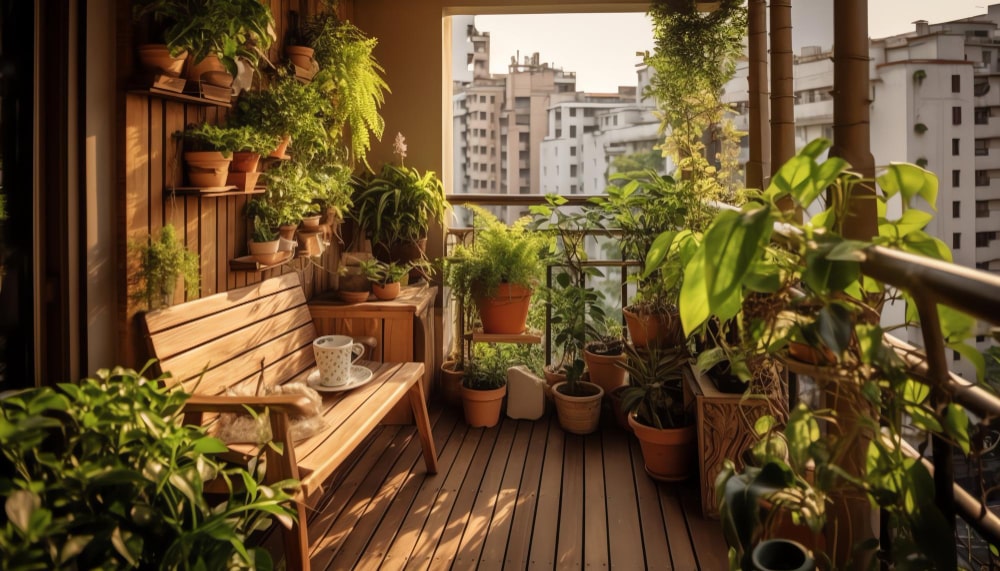
Inadequate pest prevention is one of the most common issues for houseplant owners. An ounce of prevention is worth a pound of cure when it comes to houseplant pests.
Solution:
a- Implement Regular Inspections
Make checking on your plants a habit. Look for any signs of insect infestation like webbing, sticky spots, or visible bugs crawling on leaves and stems. Spotting issues early gives you the best chance of eliminating pests before they get out of control.
b- Provide Proper Care
Healthy, thriving plants are less susceptible to pests and disease. Make sure your plants have adequate light, water, humidity, and nutrients. Stressed or weakened plants are easy targets for pests looking for a meal.
c- Quarantine New Indoor Plants
Keep new plant additions isolated for a week or two before introducing them to the rest of your collection. Monitor them closely for any signs of pests during this time. It’s much easier to treat pests when they’re confined to one plant.
d- Use Natural Sprays
For minor pest issues, try spraying plants with neem oil, insecticidal soap, or diluted rubbing alcohol. These natural methods are very effective and non-toxic. Be sure to test in an inconspicuous area first to check for leaf damage. Spray all parts of the infected plant, especially the undersides of leaves where many pests feed or lay eggs.
With vigilance and the right prevention methods, you can avoid major pest infestations and keep your houseplant collection healthy and thriving. An ounce of prevention is worth a pound of cure, so make plant care and regular inspections a habit.
Read for beautiful Balcony Garden Ideas.
Take Away
And there you have it, the most common hassles you’re likely to face as an indoor gardener and easy solutions to remedy each one. While indoor plant care does require some effort, the rewards of lush greenery and improved air quality in your home make it worth it. Now that you’re armed with the knowledge to nip any issues in the bud, you’ll be well on your way to becoming an indoor plant pro. So go ahead, get your hands dirty and start growing your indoor garden – your plants will thank you for it, and so will your home decor!

